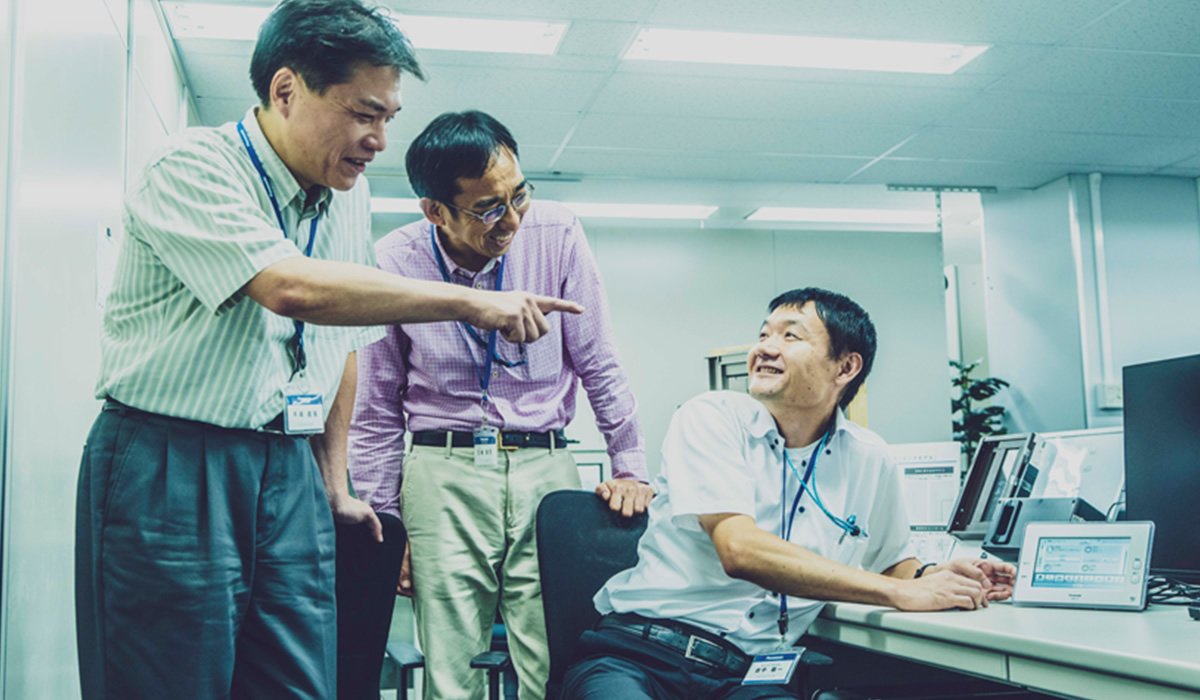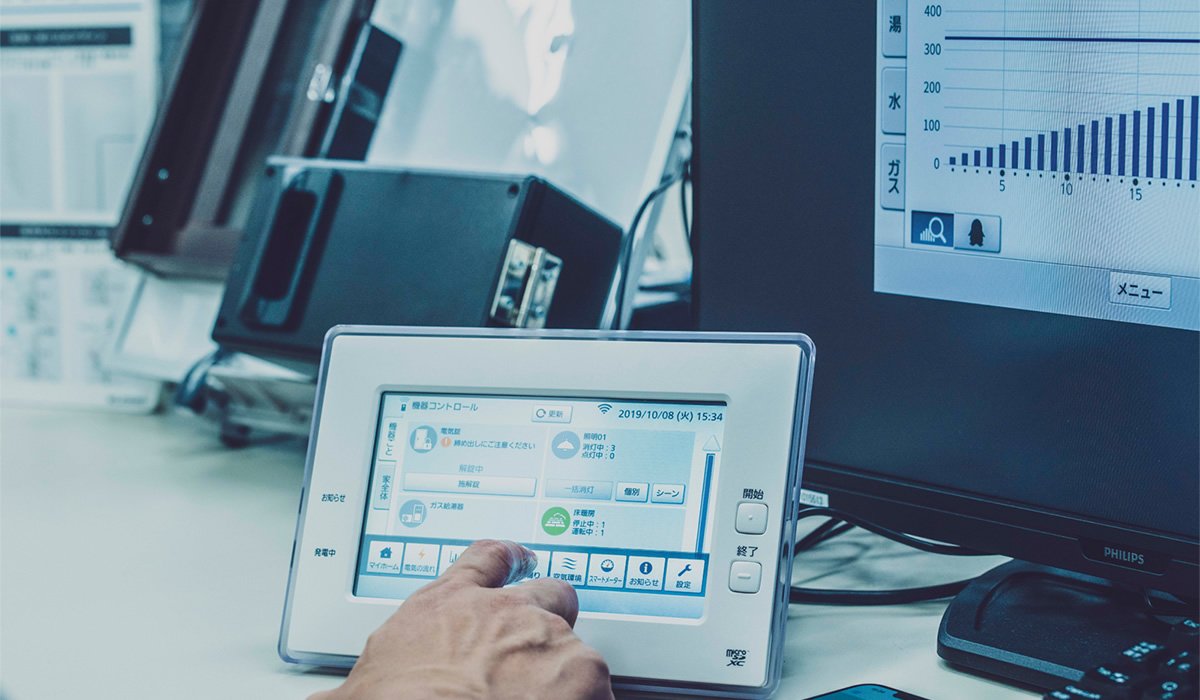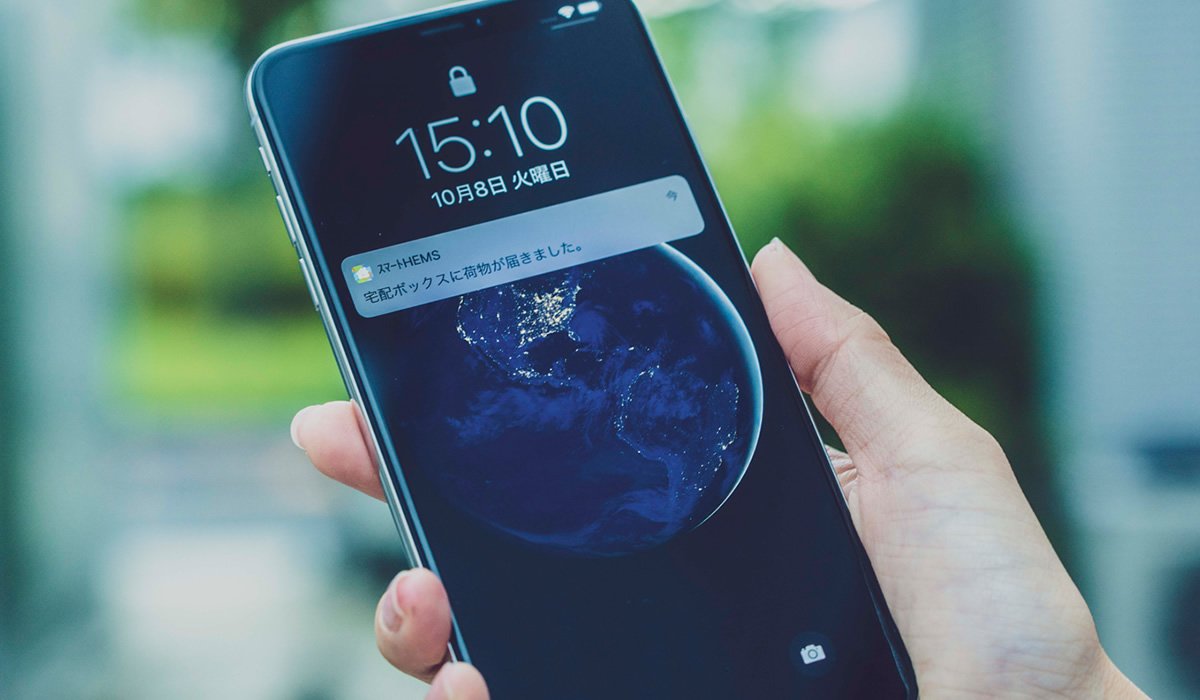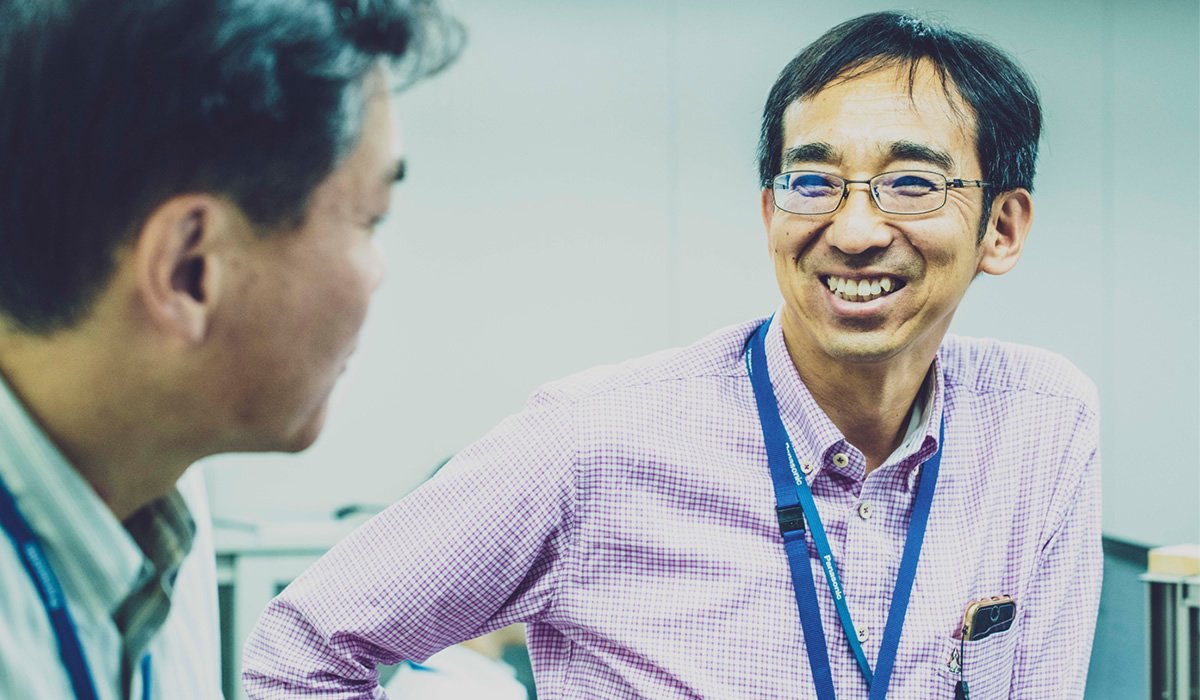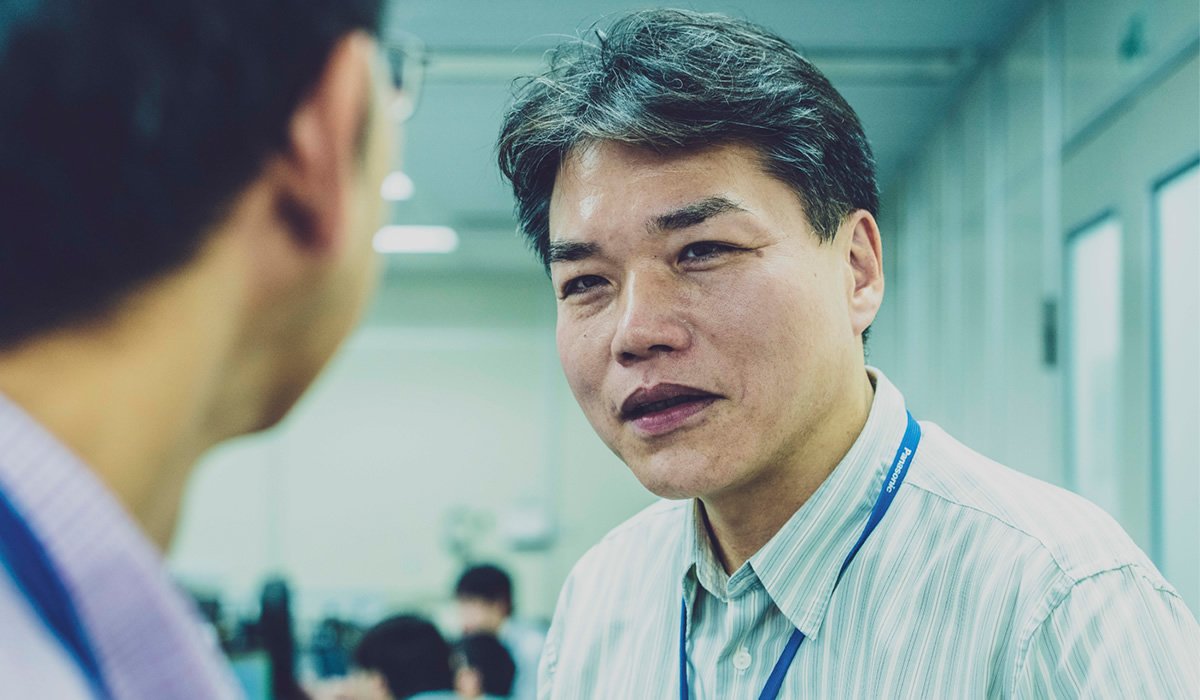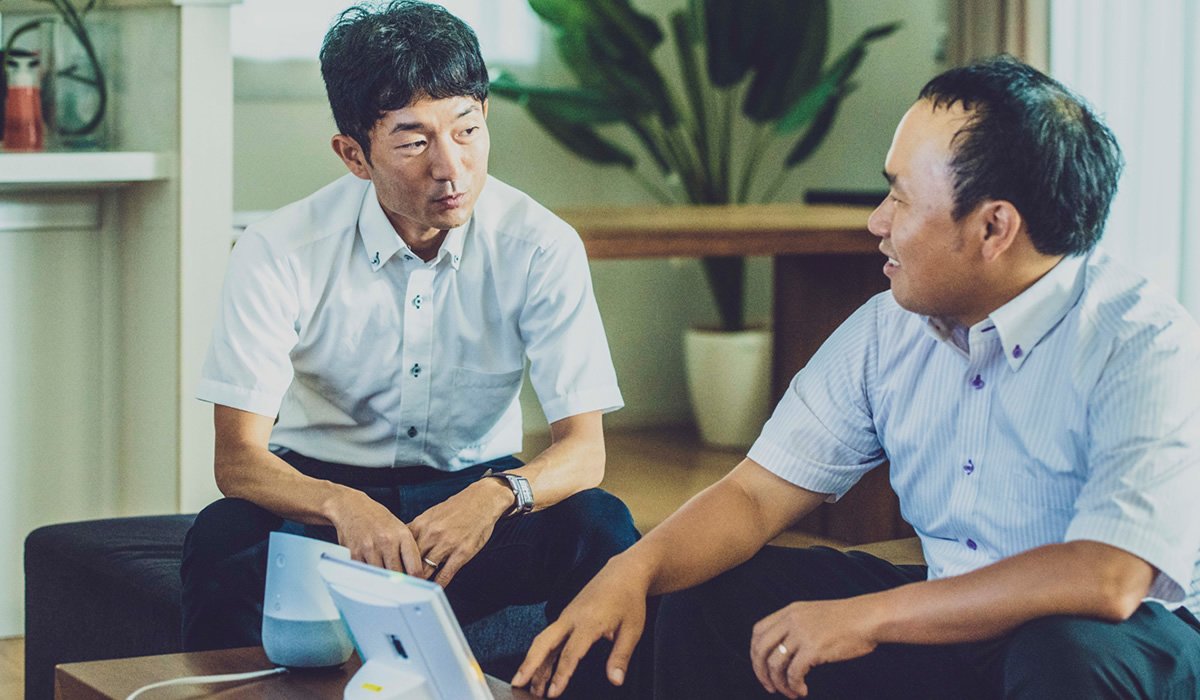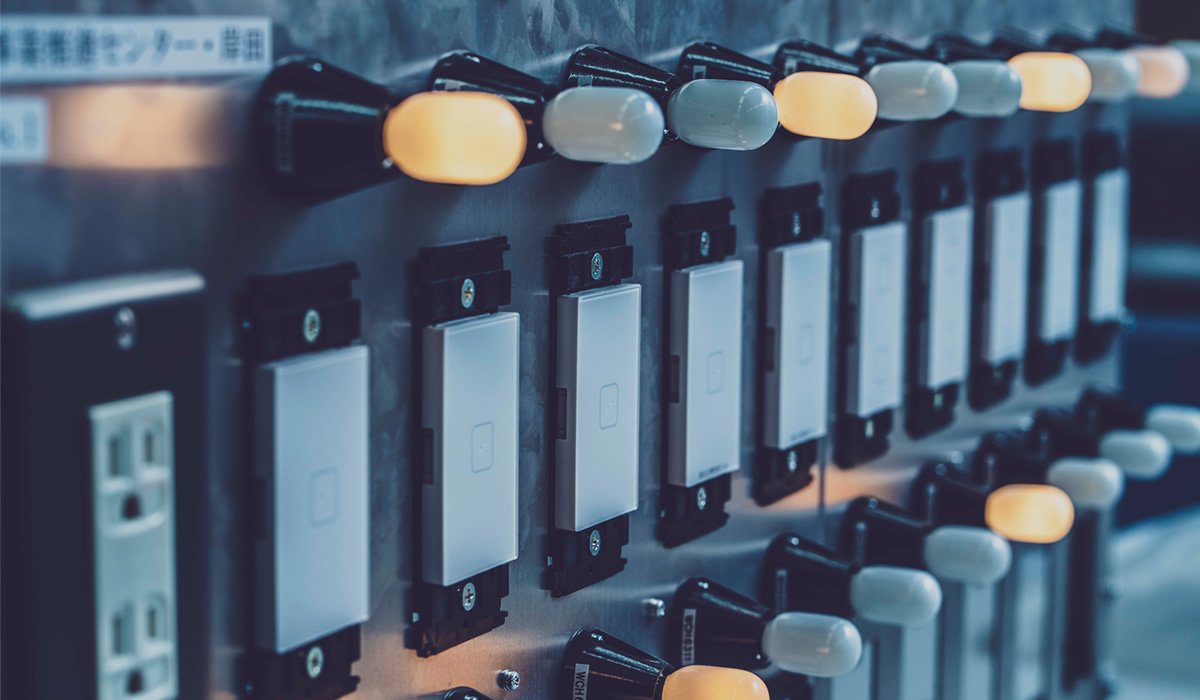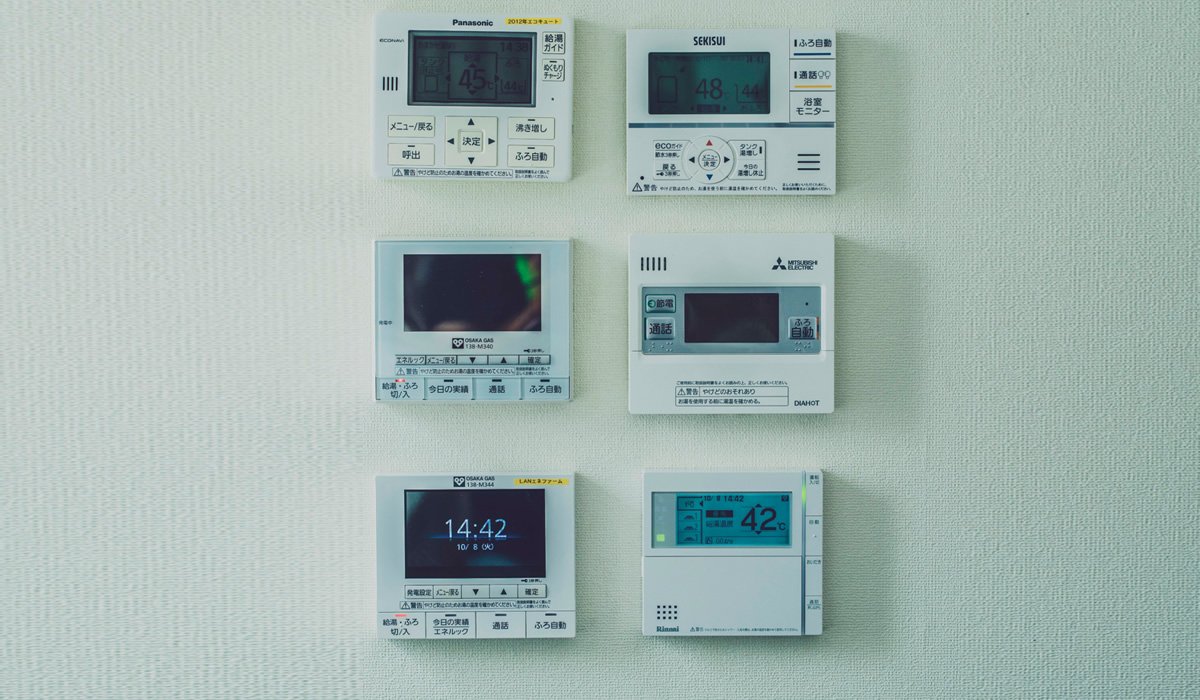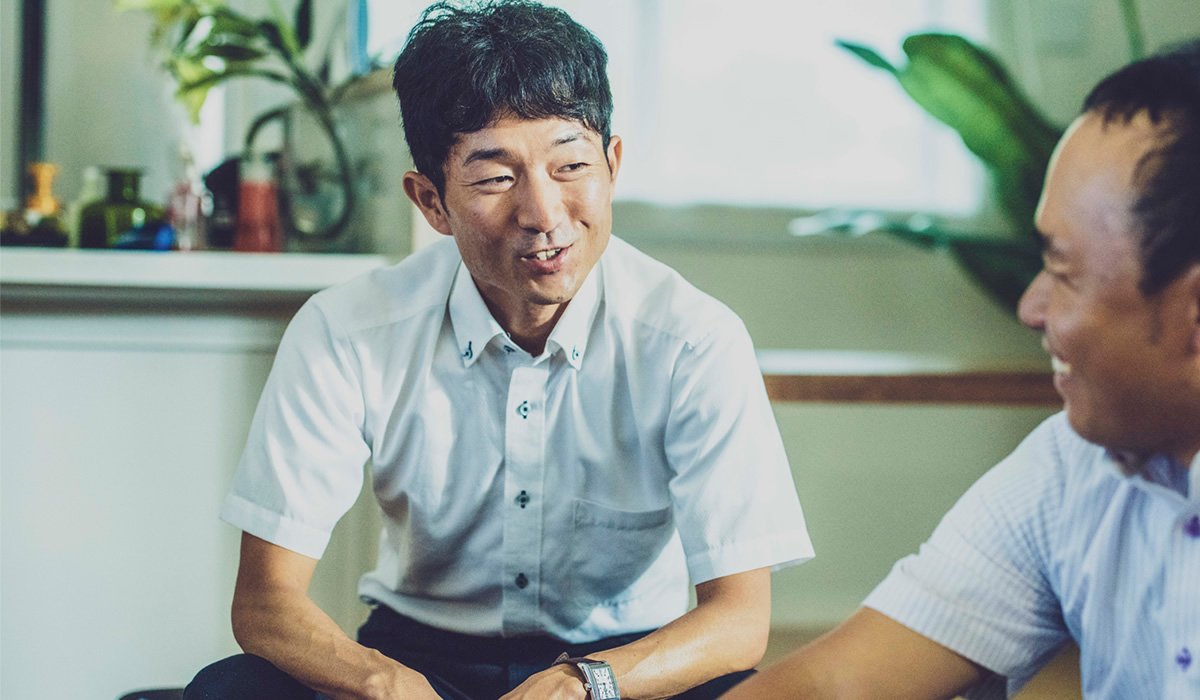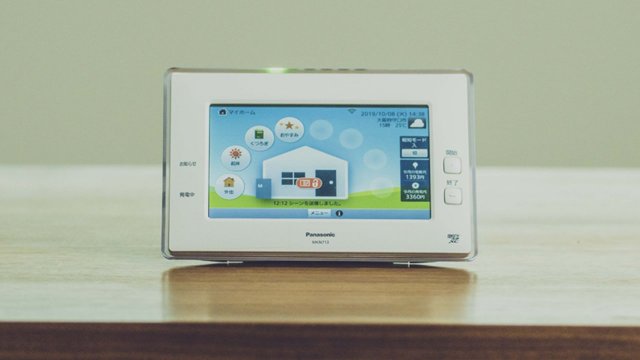
AiSEG2 connects equipment throughout the house and fulfills users' wishes regarding smart home solutions. It incorporates a number of practical services, offering time-saving features and convenience through the remote control of air conditioners and lighting, the notification of deliveries in the delivery locker, etc., and ensuring safety by monitoring door and window opening/closing activities and checking if children have come home. Furthermore, it provides an energy management system that optimizes self-consumption of generated electricity and the AI Solar Charge® function that intelligently controls the EcoCute system and EV charger based on the weather forecast. Regular software updates will allow existing end users to adopt new functions to be added in the future.
AiSEG2 HOME IoT Solutions
The AiSEG project changed the direction of the business and adopted an open strategy for this coordination device, which enhances the quality of life. As a result, it is now compatible with 34 types of equipment from 25 companies. Major housing manufacturers adopted AiSEG2 one after another, which made Panasonic a market leader in FY2018. Behind this success was a project team sincerely responding to end users' needs and flexibly engaging with other companies.
TALK 1: Product of the Home IoT Era
Keep Expanding Possibilities to Make Everyday Life More Fun!
Members from left to right: Yoshitaka Tezuka [System design], Yasushi Kasajima [Server development], and Keiichi Tanaka [Software platform development]. System Components Business Unit, Energy Systems Business Division, Life Solutions Company.
From EMIT Home System, Lifinity, to AiSEG2, evolving with the times
How did AiSEG2 come about?
Kasajima: The origin of AiSEG2 dates back to 2003 when the EMIT Home System was commercialized by then Matsushita Electric Works. It was an intercom-based system that allowed users to control housing equipment via feature phones. Although the system shared the same concept as the current AiSEG2, its technology was still under development, and the demand was low.
Tezuka: We reached a turning point in 2011, the year of Great East Japan Earthquake, when effective energy management surfaced as an urgent issue. The Home Energy Management System (HEMS), which can visualize energy usage and optimally control consumer electronics and electrical equipment, was brought to light.
Tanaka: With the aim of achieving a smart energy management system, we released AiSEG in 2012, with the name being a combination of "artificial intelligence (AI)" and "smart energy gateway (SEG)." Through this product, we offered new value to the market by enabling the measurement of electricity, gas, and water consumption, calculation of power spent throughout the house, and automatic control of air conditioners to prevent wasteful energy use.
Kasajima: For AiSEG2, we added the HOME IoT function on top of the energy-saving features. The big difference from the previous model was an updating function. We were confident that the HOME IoT function will give added excitement to people's lives; however, the functions sought by users had to be narrowed down through trial and error.
A demonstration unit equipped with doors and window frames was prepared in a development setting to closely examine the state of doors and window frames when control was activated by AiSEG2.
Linked to the delivery locker sensor, AiSEG2 notifies a user of a delivery. This excellent feature even sends a reminder when the user approaches home.
Tanaka: Therefore, with AiSEG2, we made the shift to product design with a margin. We gave hardware more elbow room such as by providing large memory to expand possibilities based on users' needs.
Tezuka: For instance, we developed the AI Solar Charge® function to respond to consumers' concerns toward 2019, which will see the end of the guarantee period of feed-in tariffs (FIT) (system that allows the purchase of renewable energy at fixed prices for a certain period of time). This function was incorporated in the spring of 2018, and calculates power generation based on the next-day weather forecast and learns lifestyle patterns to effectively apply surplus power to electric vehicles and water heaters.
Kasajima: Other features include a check function that determines whether children have come home based on the unlocking of the front door, power consumption in their rooms, and bathroom use. We plan to continue adding services that meet potential needs.
Controlling the entire house through the use of the open strategy regardless of internal or external products
What made it possible to make AiSEG2 compatible with a number of external products?
Tezuka: When AiSEG was first released, it used a unique communication protocol (procedures and rules for communicating with equipment), and thus connection was limited to Panasonic products. AiSEG2 was made compatible with the standard protocol in line with the review of product design mentioned earlier, substantially lowering the barriers for connecting to other companies' equipment.
Tanaka: We adopted ECHONET Lite as the communication protocol, which is promoted by the Ministry of Economy, Trade and Industry of Japan. This high-profile new home network standard was characterized by its easy connection to IoT equipment; however, product development did not progress as smoothly as we had hoped.
Tezuka: There were many instances where the product performed as expected with a simulator, but did not on site. Because specifications to ensure mutual connectivity are not explicitly defined and specifications vary among manufacturers, we concluded a non-disclosure agreement (NDA) with each company to acquire equipment specifications. The most challenging part was enlisting cooperation from other companies. We would not be here today without our steady efforts to establish a track record with each manufacturer while concurrently expanding connectability with internal products.
Tanaka: We also keep a watchful eye on new trends. As soon as smart speakers hit the overseas marketplace, we ordered them and examined their connection with AiSEG2. With the belief that we should first provide a demonstration, we promptly made a prototype to go around the office to persuade relevant personnel with guarantees that connection to this equipment will bring more fun to people's lives.
Kasajima: Currently, AiSEG2 is compatible with two smart speakers: one produced by a Japanese company and the other by a US company. We were faced with legal issues when attempting to achieve connectivity with US-made smart speakers; however, we persistently negotiated and eventually succeeded in having the manufacturer incorporate a program in the interface specifications to meet the relevant standards. Further, in order to enhance the responsivity to speech, we revamped the specifications of communication between AiSEG2 and the server.
Tezuka: As the incorporation of AiSEG2 as a standard device is promoted by housing manufacturers, the number of partner companies has grown. However, coordination functions are differentiated between external products, and internal products whose mechanisms we are deeply familiar with. We have increased the value of Panasonic systems by utilizing AiSEG2 as a core device, which eventually boosted buyers' motivation to purchase other Panasonic products.
TALK 2: Think User First
Self-motivated Approach for Platform Updating Gives Shape to New Home IoT
Hiroshi Ouchida [Software development] (left) and Norikazu Tagaki [Product engineer] (right). Members of the System Components Business Unit, Energy Systems Business Division, Life Solutions Company.
Passion, not just a job, boosts motivation
How did AiSEG evolve into AiSEG2?
Ouchida: In order to provide a wider range of options to customers, in 2015, we connected AiSEG with an external product (electric window shutters) for the first time. However, AiSEG was not designed with feature expansion in mind. The fact of the matter was that we had concerns over control when connecting AiSEG with more than two types of equipment.
Tagaki: In response to this situation, the opinion that it is vital to independently develop the next version of an IoT platform got louder. If we can connect various types of equipment, including external products, to this platform, then the range of possibilities may expand. All of us began to believe that it is inevitable to achieve such a platform to produce better products.
Ouchida: We were able to achieve a grand vision because all team members united, including those who once belonged to other business divisions, where issues were identified and resolved in a different manner. There were many instances where ideas contributed from a different perspective from that of existing members provided solutions.
Test equipment simulating each location in the house carries out detailed tests to check for system control errors.
A test environment using actual equipment is in place with installed ENE-FARM systems made by each manufacturer in the evaluation house, where other external products are also installed, including air conditioners and electric lock devices.
Tagaki: We had our disagreements in the beginning. However, as a team, we always tried to be fair to each other. As is the case with involvement with other companies, if we share a rough direction of the project, then we will naturally know which idea to adopt. Looking back, I believe that activities during this phase triggered the launch of the AiSEG2 development.
Ouchida: We promoted solid project management and defined the division of roles at the outset of the project, including those for team members and business partners. We had an environment in place that allowed us to concentrate on the task at hand.
Getting competitors on board to create a positive cycle
What did you value most in the project, which required involvement with many companies?
Tagaki: AiSEG2 focuses on B2B2C customers. We considered it a core device for smart homes and placed importance on an open strategy to have it used by as many users as possible. Our key issue was how we could enhance the quality of life by incorporating other companies' products as well as Panasonic's in the network.
Ouchida: We update software about twice a year and are constantly developing around 20 additional functions toward the next update. The scale of additional functions varies from the connection of smart speakers to bug fixing. In this attempt, our challenge lies in the achievement of connectivity for all products whether internal or external.
Tagaki: If we receive unfavorable feedback on the connection from collaboration partners in the final phase of the development, then we will not be able to make corrections in time for updates. Since not all requirements are laid out from the beginning, we promptly create prototypes and seek customer feedback, after which we simply repeat the verification process.
Ouchida: We conducted a number of tests at other manufacturers' development sites. On these occasions, we reminded ourselves of what we can do now for end users. It significantly added to our joy to discover solutions after putting our heads together.
Tagaki: Quality assurance was another big hurdle. The definition of quality varies by company, as well as the required level. Some companies pursued a level of quality that surpassed our standard. Since usability improvement was a matter of top priority, we thoroughly showed our hand to them such as by handing over software after concluding an NDA.
Ouchida: Some issues cannot be identified until connectivity with external products is verified. We are not always able to complete the development process based on initially assumed specifications. We rarely assign a perfect score of 100 to these updates. However, the high extensibility is one of the advantages of this product that allows us to make a fresh start toward feature improvements.
Tagaki: AiSEG2 remotely monitors the state of each piece of equipment and therefore can potentially provide new maintenance services. If it senses significant changes in an air conditioner's responsiveness based on the daily measurement log, then it can actively communicate to users. Furthermore, we are also discussing a different approach to the house from the perspective of conducting an evaluation analysis of building performance, etc.
Ouchida: We have also launched services for manufacturers wishing to connect with end users. Creating good products is a given. That said, we will continue to provide innovative space value through an approach that takes advantage of cloud computing.
TALK 3: Provide Further Value
AiSEG2 Will Keep up with the Times and Changing Lifestyles
Sae Kitamura [Product planning]
System Components Business Unit
Energy Systems Business Division, Life Solutions Company
The challenge for AiSEG was that users with less interest in energy management gradually stopped using the product, whose primary focus was on the visualization of energy use. Therefore, we added a HOME IoT function to AiSEG2 to provide convenience and comfort among others, which expanded the number of compatible pieces of equipment to 34 from 25 manufacturers and enabled us to join the ranks of leading manufacturers in the industry.
Due to this accomplishment, an increasing number of major housing manufacturers and other companies began adopting AiSEG2, leading to the highest market share for home IoT solutions in the new single-family house market in FY2018 (according to our survey). We are ecstatic for the current surge of requests from other companies for connecting their products with AiSEG2 (laugh).
Our new initiatives for AiSEG2 include the promotion of IoT platform development to support housing manufacturers with housing equipment management. Housing equipment sales usually consist of one-time deals, with limited opportunities to contact house owners after sales. In the future, we will further promote the use of data and connection with other companies' services to make contributions to the B2B business, such as by distributing direct messages via AiSEG2 and allowing the use of accumulated data for building evaluation and analysis purposes.
Currently, we are developing AiSEG2 features focusing on connection to housing equipment. However, we also feel the need to connect to consumer electronics products to make contributions to people leading busy lives. Despite an increase in the scope of the challenge in front of us, we may have to revise AiSEG2 further, such as by evolving its operability. In order to further enhance security and convenience, we will continue to bring fun in people's lives from a user first perspective.
# # #
- Disclaimer:
- We would like to note that Panasonic Newsroom is not a place to address personal Customer Service issues. Even though this is not the forum, Panasonic is always eager to resolve your concerns. Our local customer services contacts can be found at Global Support or you can see our list of Social Media Accounts to find the right channel for your queries and concerns.

